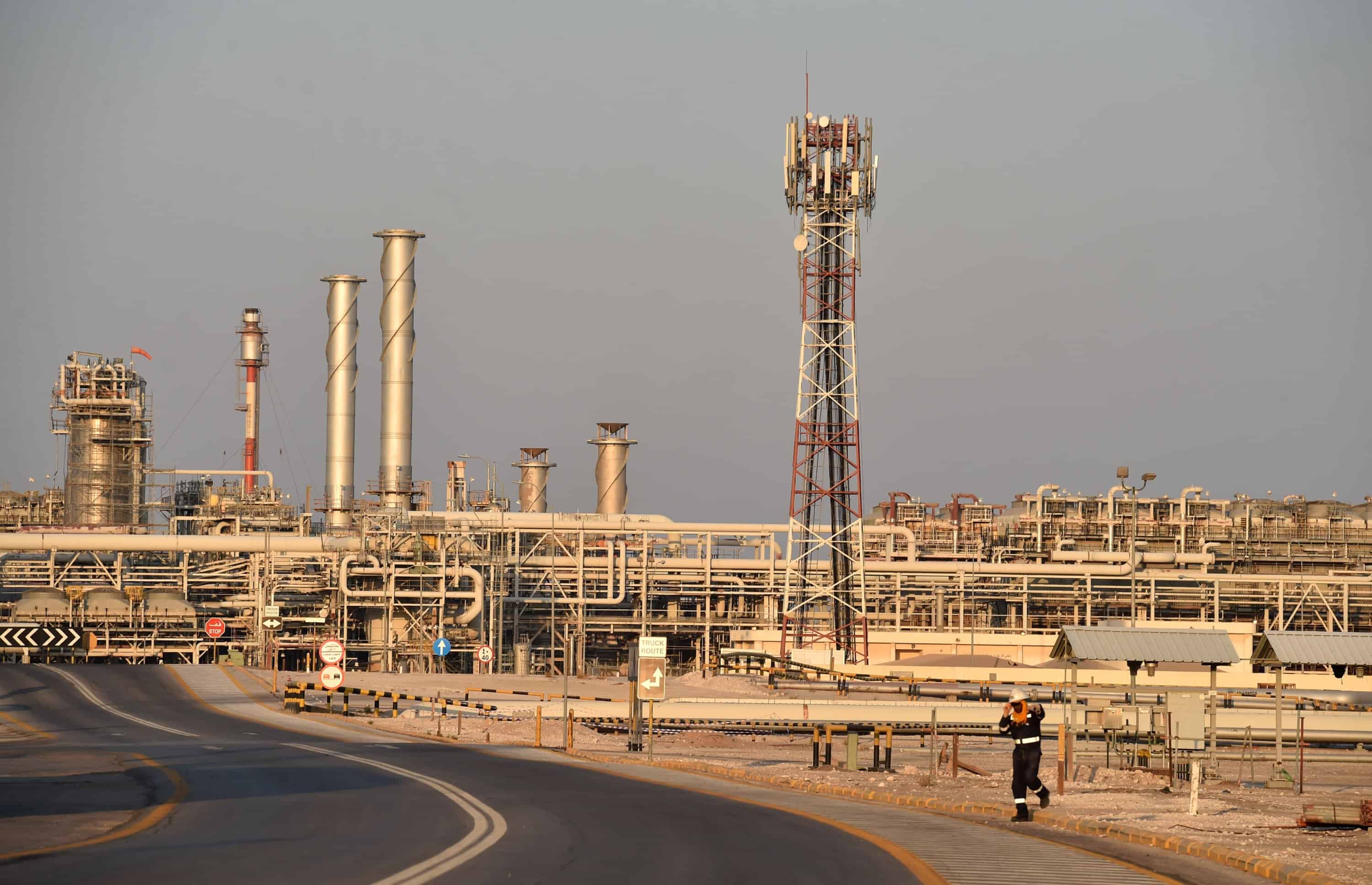New York, United States – Oil prices fell over 2 percent in volatile trading on Monday as the collapse of Silicon Valley Bank roiled equities markets and raised fears of a fresh financial crisis, but a recovery in Chinese demand provided support, Reuters reported.
Brent crude futures settled down $2.01, or 2.4 percent, to $80.77. The global benchmark earlier fell to a session low of $78.34, its lowest price since early January.
US West Texas Intermediate crude futures (WTI) dropped $1.88, or 2.5 percent, to $74.80 a barrel. WTI earlier declined to $72.30 a barrel, its lowest price since December.
US authorities launched emergency measures on Sunday to shore up confidence in the banking system after fears of contagion from the failure of Silicon Valley Bank led to a sell-off in US assets at the end of last week and state regulators closed New York-based Signature Bank (SBNY.O) on Sunday.
In the past twelve months, the oil market has absorbed the impact of Russia’s invasion of Ukraine and the sanctions imposed in response by the United States, the European Union and their allies in Asia.
Russia’s crude and fuel exports have been redirected to South and East Asia, while former markets in Europe have been backfilled with crude and products from the Middle East and Asia.







